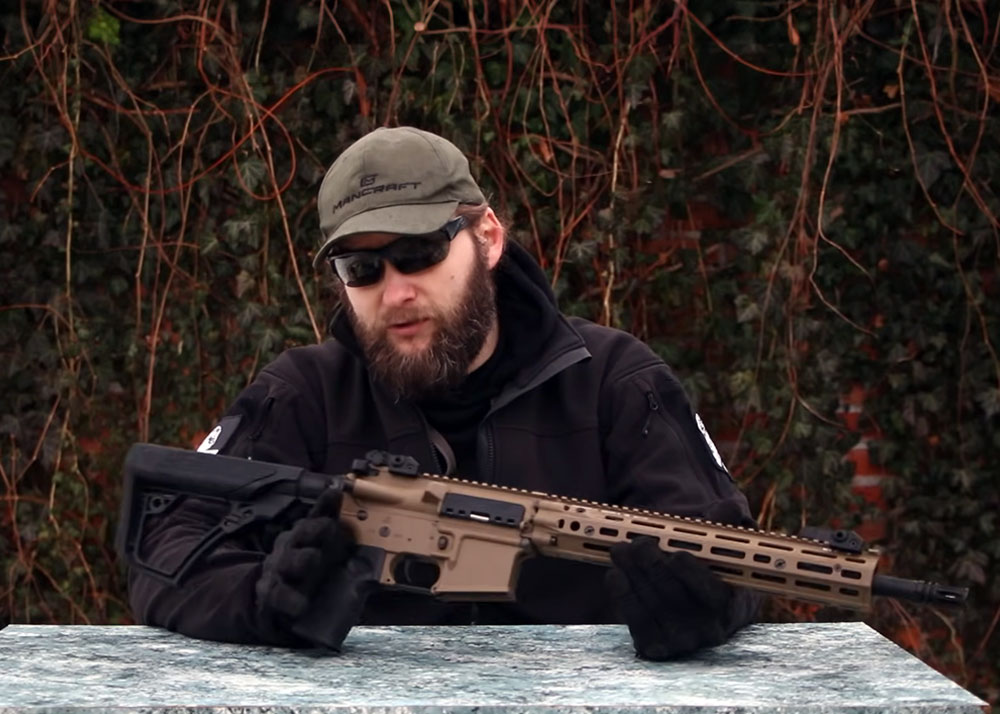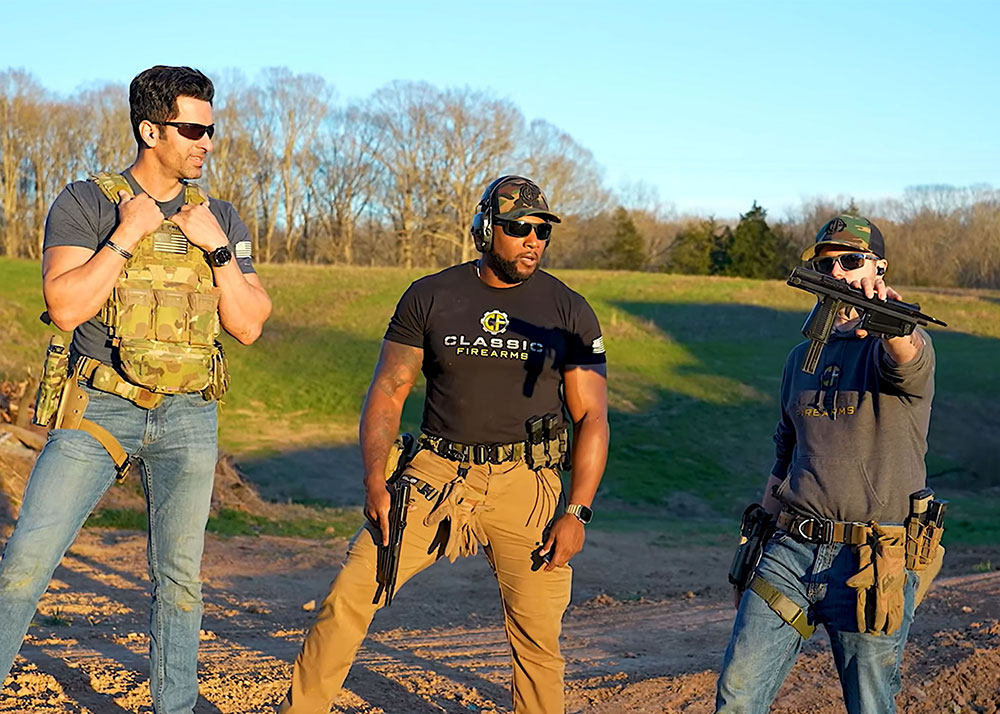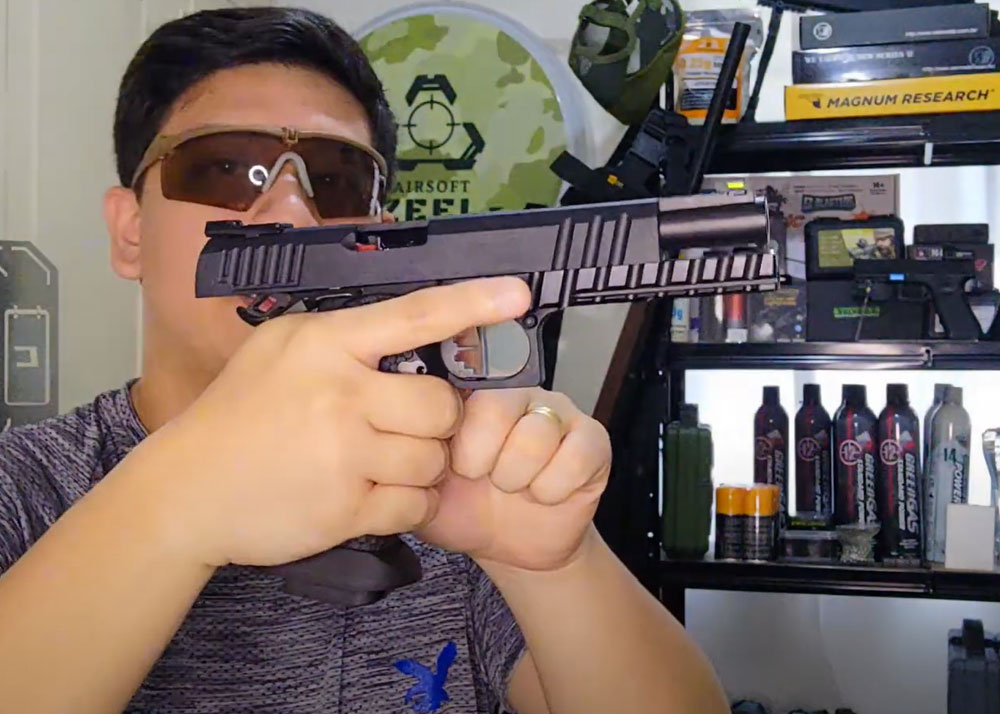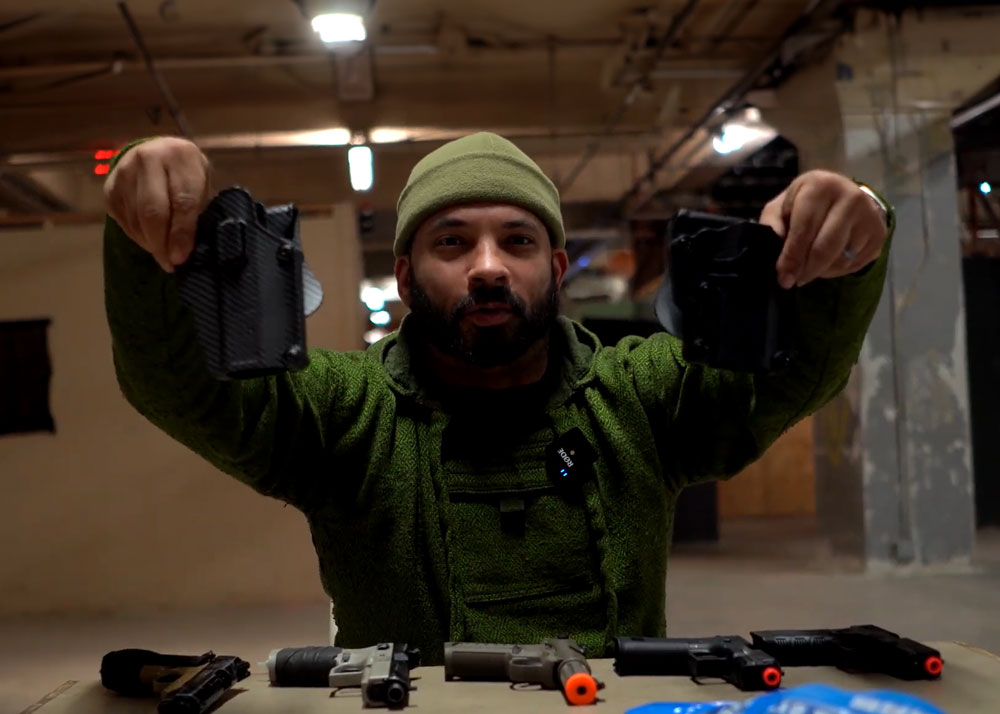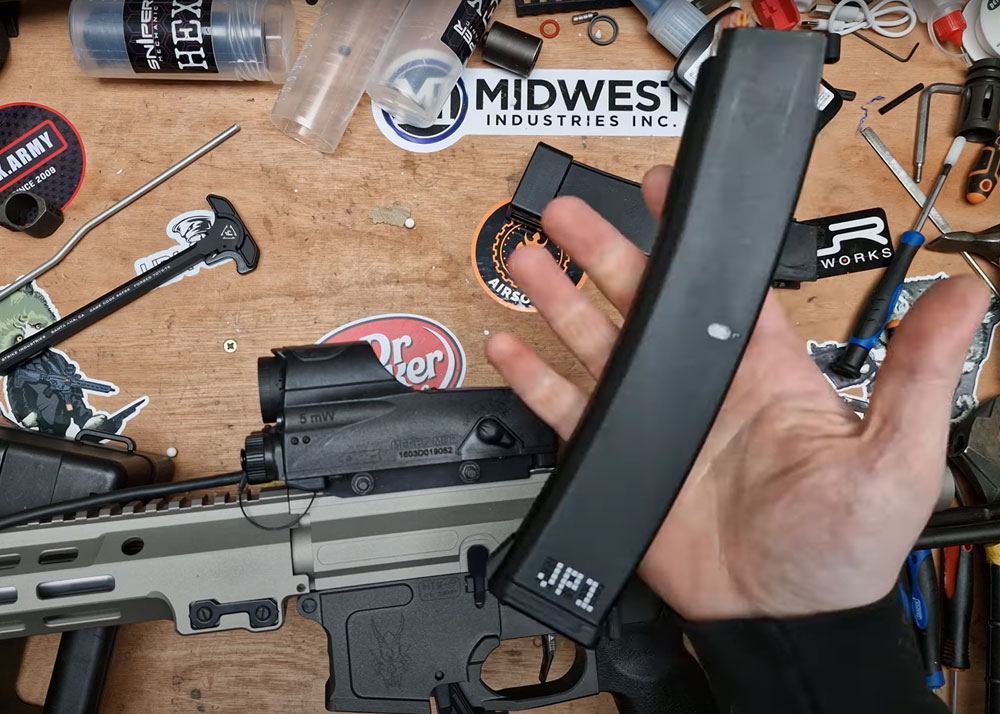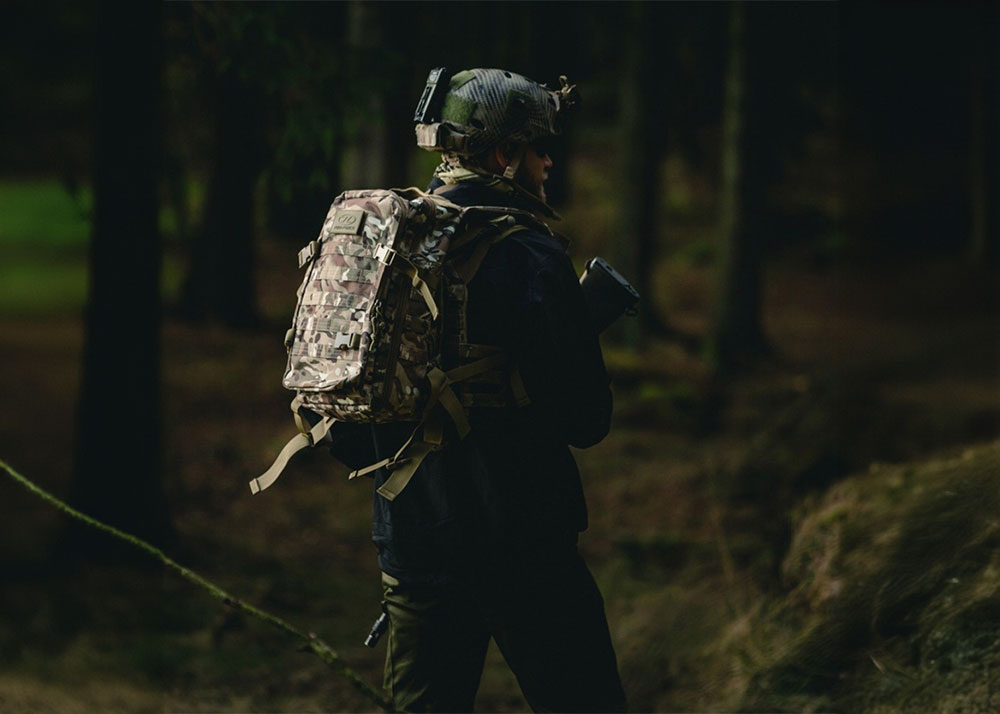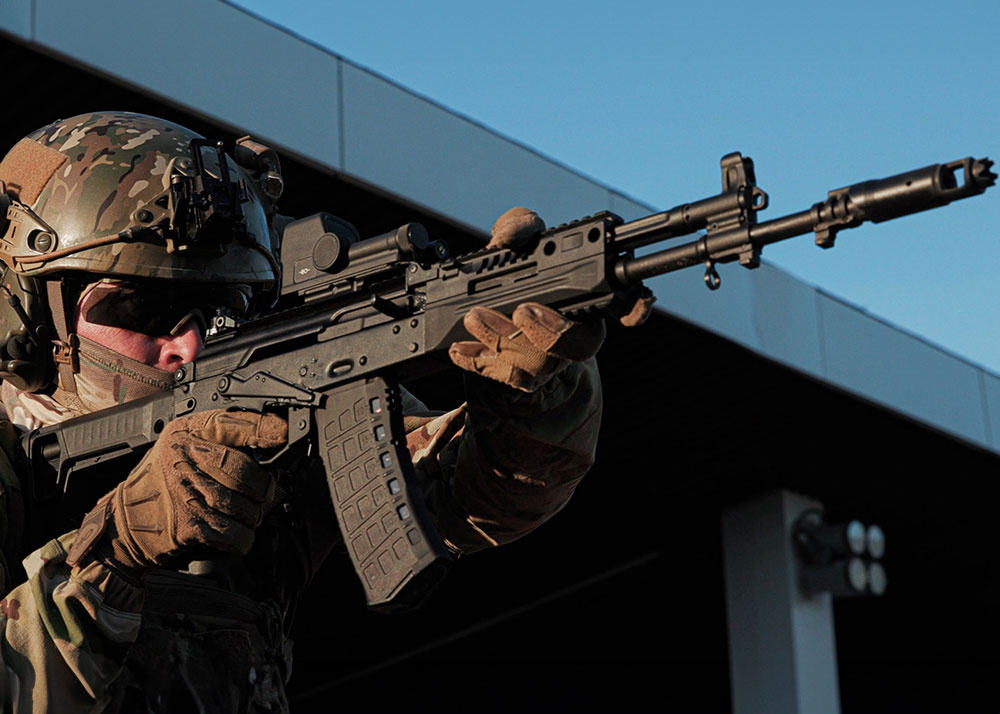The U.S. Navy Gives Us A Glimpse Of Drone Warfare With LOCUST
Logan
16 Apr 2015
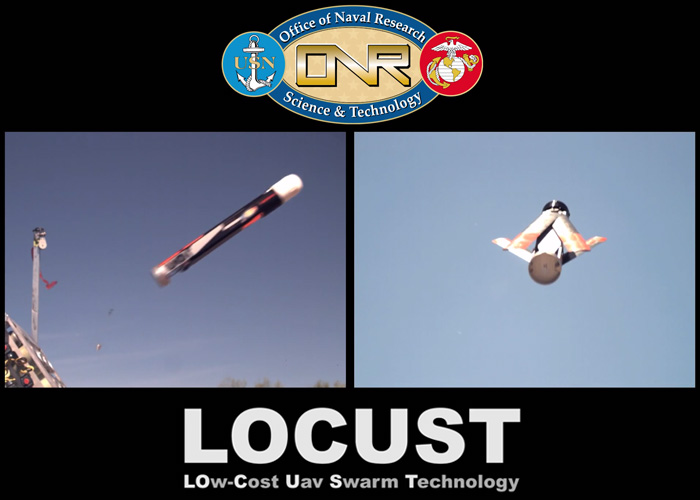
Some of you might get peeved that this story is not about the latest airsoft gun, tactical gear, or even about real steel. For now, it's a dry period with the next exciting airsoft development news expected next month (we will tell you what it is ahead of the rest soon). But this feature story is significant in terms of how warfare will be conducted in the near, intermediate, and long term future.
What we usually read in science fiction books or watch in science fiction movies, or even play in video games, is about to get real --- drone swarms.
I'm pretty sure many of you will remember in Call of Duty: Black Ops 2 and Advanced Warfare how scary drone swarms are. Drone swarms will do what I usually call to be a 360-degree warfare. They will attack you from above and below, from the left and the right, all at the same time. And since they are swarms, they will overwhelm you with sheer numbers. If you have actually seen a how locust swarm works, millions of such insects will lay devastation to vegetation and farms in search of food. That's how designers are envisioning the future of drone warfare.
And LOCUST is the term for the drones that will be deployed in swarms that is being developed by the U.S. Navy's Office for Naval Research (ONR). Just like the real locust swarms, these drones can work autonomously together to destroy to a target. LOCUST stands for Low-Cost UAV Swarming Technology where multi-tube launchers can deploy the Coyote UAVs developed by BAE Systems and 30 of these small UAVs/drones will work together to either go on offensive mission or do a "swarming" defense. Previously the ONR have demonstrated swarming drones in the form of robot boats that can attack an incoming hostile surface craft. ONR now takes this capability for aerial UAVs as these can react faster than boats.
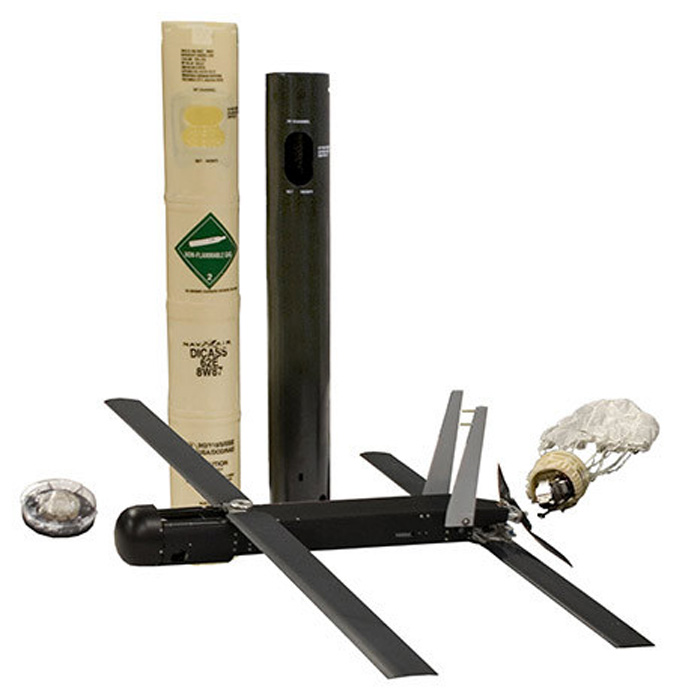
In this video, it shows a successful tube launch of a drone and a demo of 9 drones flying in formation. It is then followed up by a simulation of how the LOCUST drones would attack a target and it's not really far from how we have seen in movies and video games:
From here, the research will be for more complex maneuvers for the UAVs in a LOCUST swarm. They can work in separate groups, alone, and can regroup after accomplishing their sub-missions. An example will be a group of four drones that will break off from the main group to attack incoming enemy drones or jet fighters or sacrifice themselves from surface to air missiles so that the main body can continue and accomplish the mission. They can all break up into small hunter-seeker groups that will eliminate air defenses before the main group of human-piloted bombers comes in and deliver their heavier payloads and protect their exit from the target area.
Since they are low-cost, LOCUST drones are easily replaceable as compared to an F-35 Lightning or F-22 Raptor with their equally expensive-to-train pilots. This lowers the costs of high-tech warfare in terms of material and human costs.
There will be questions on drone warfare such as accountability since who will be responsible when a drone accidentally kills innocent civilians, or go rouge and attack something else that is not in its mission task list? Especially with the concerns of Artificial Intelligence (AI) that may just become too powerful that the human race gets threatened or eliminated by robots made for warfare, have been in the news lately. If you are thinking of Skynet in "Terminator", then you get to understand and be concerned with the ramifications of autonomous drone warfare.
For more on Drone Warfare, you can download report "Robotics on the Battlefield Part II: The Coming Swarm" by Paul Scharre.


